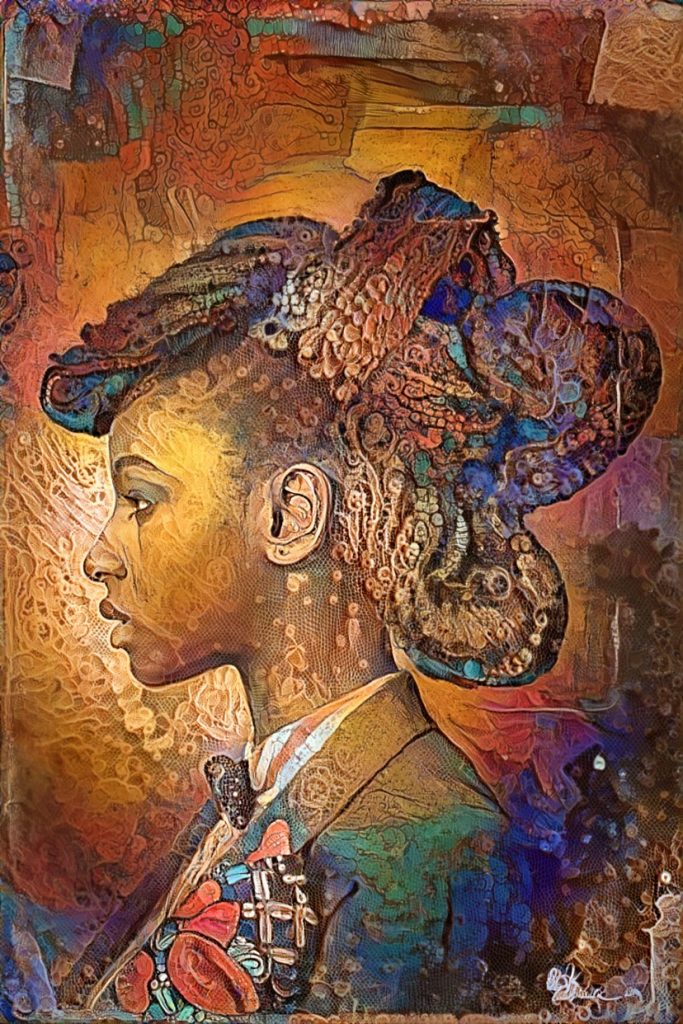The societal issue is in regards to copyright and how NFTs impact it. One example is how NFTs occasionally steal work from commissioned artists without their consent or permission, such as in the case of Jason Rohrer using the work of artists without their consent to sell NFTs. The article begins by detailing what NFTs are; unique tokens, most commonly a URL of some digital media which are given to individuals for ownership. However—and this is the conflict that the article highlights—that very ownership has a lot more to take into account than what the original developers may have intended. Those who have NFTs don’t actually have copyright of their NFTs, and their so-called products are still accessible and distributable to the public. To make matters worse, thousands can release unoriginal NFTs based off of digital URLs in a market that doesn’t restrict or legislate the selling and distribution of NFTs.
Link to article here
![[OLD SEMESTER] 15-104 • Introduction to Computing for Creative Practice](../../../../wp-content/uploads/2023/09/stop-banner.png)




